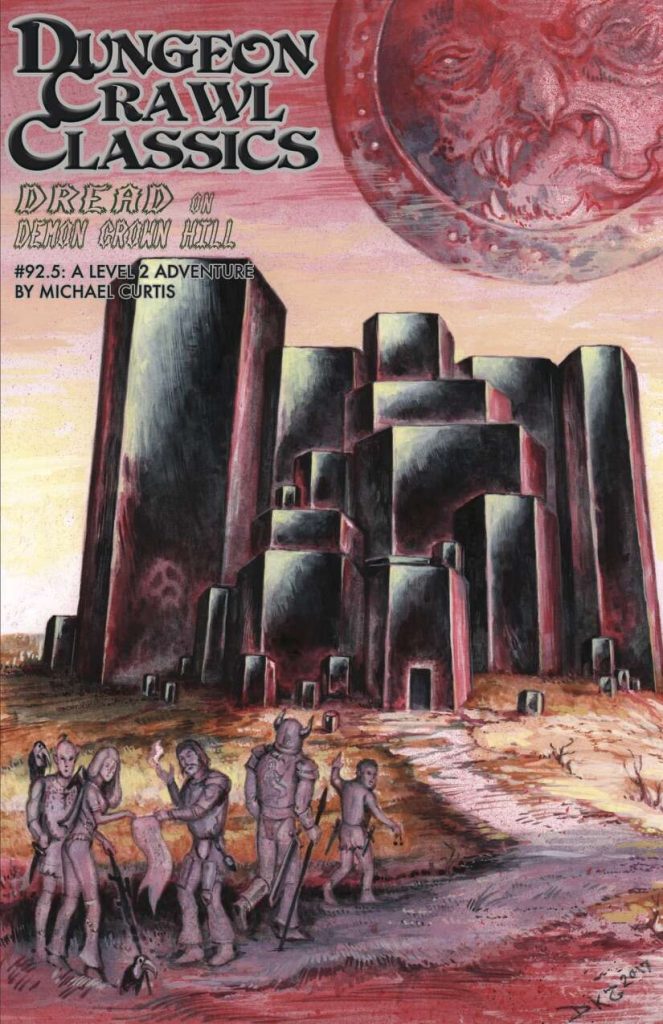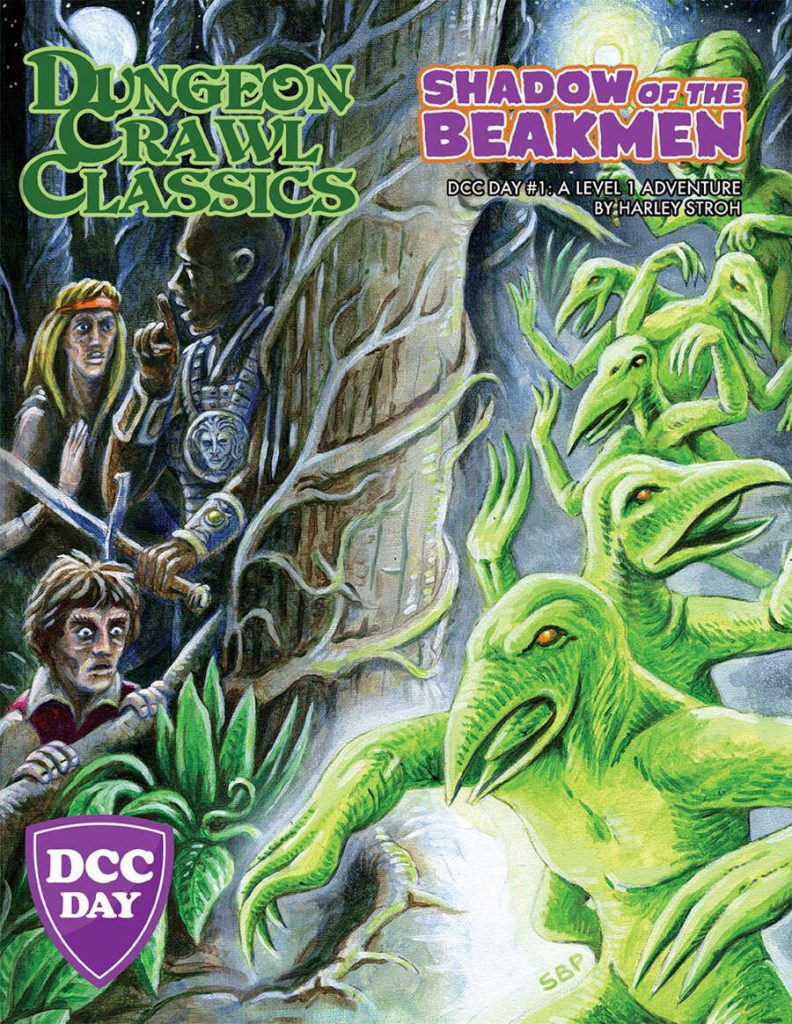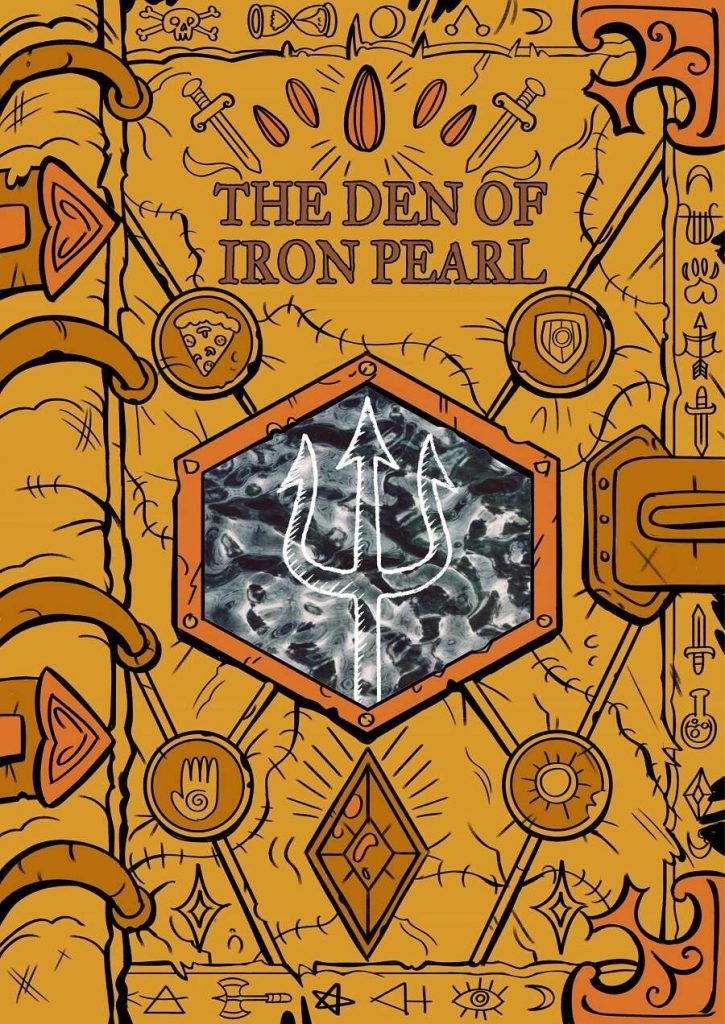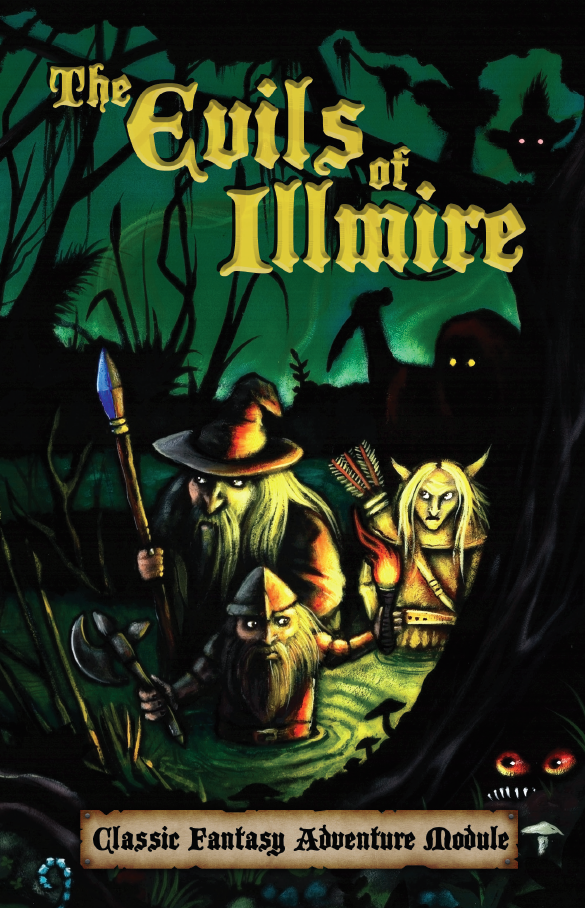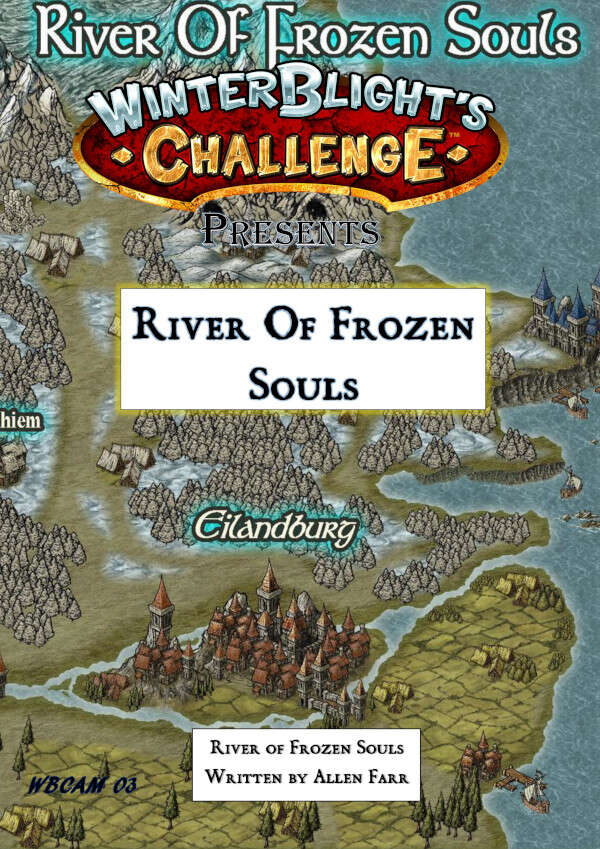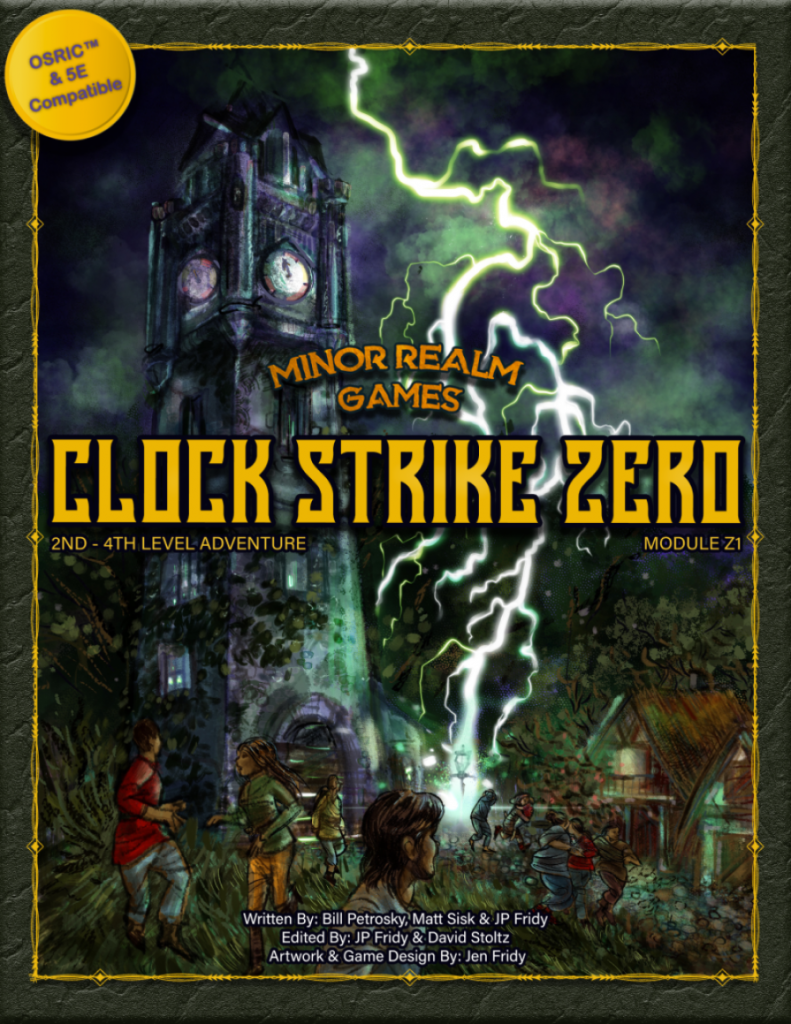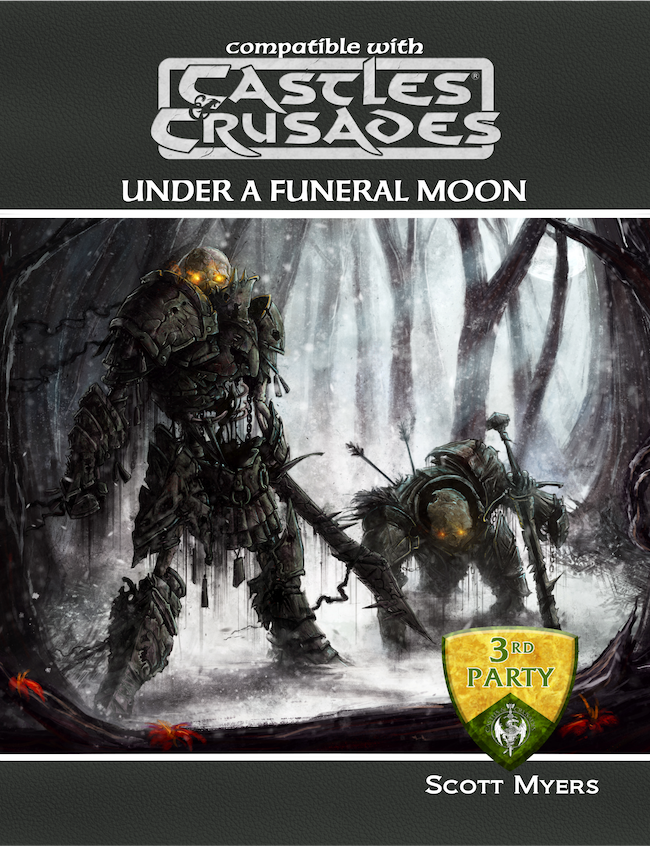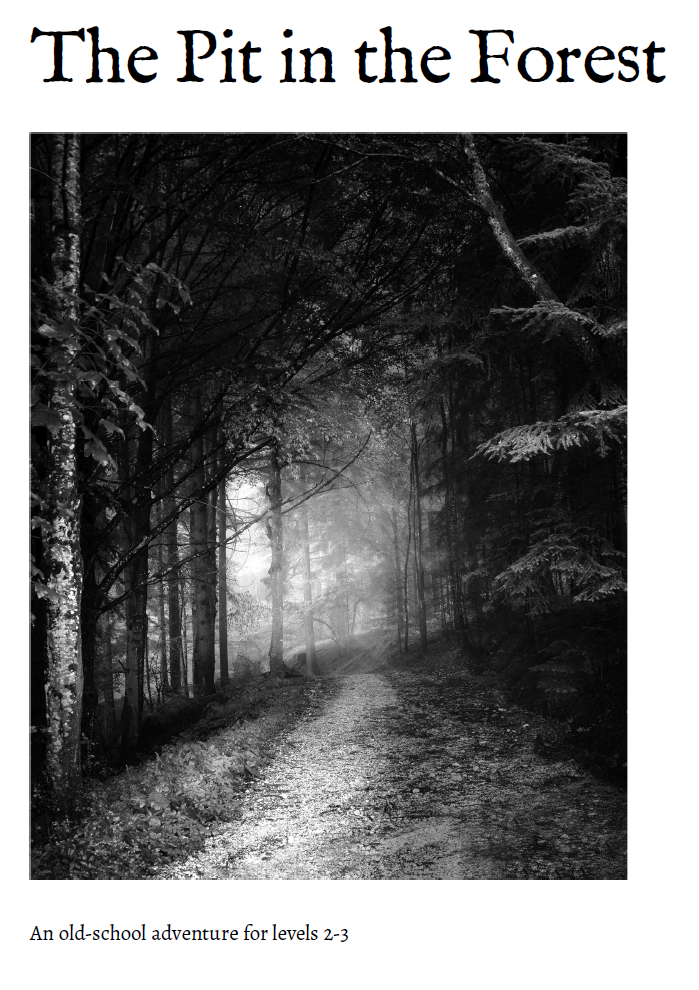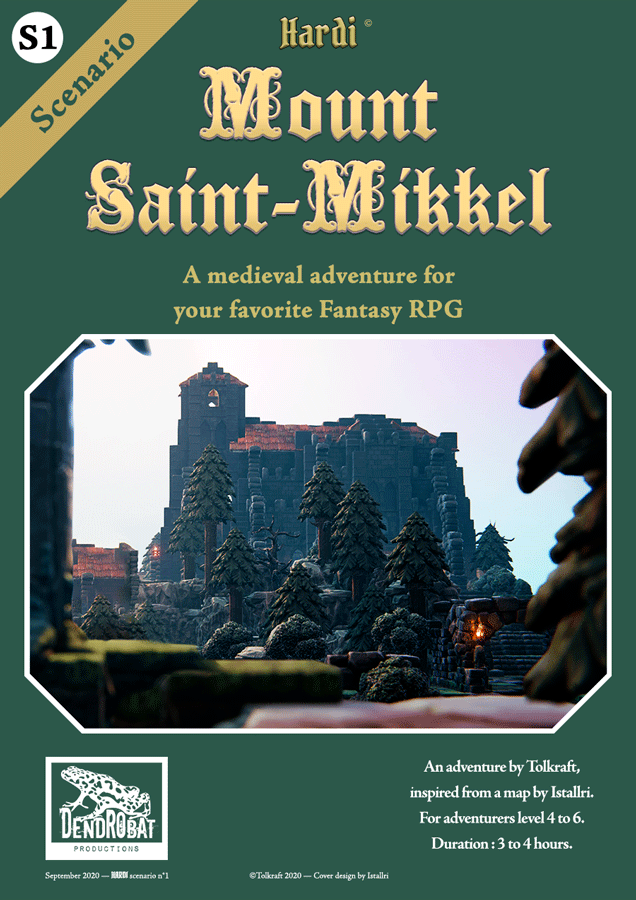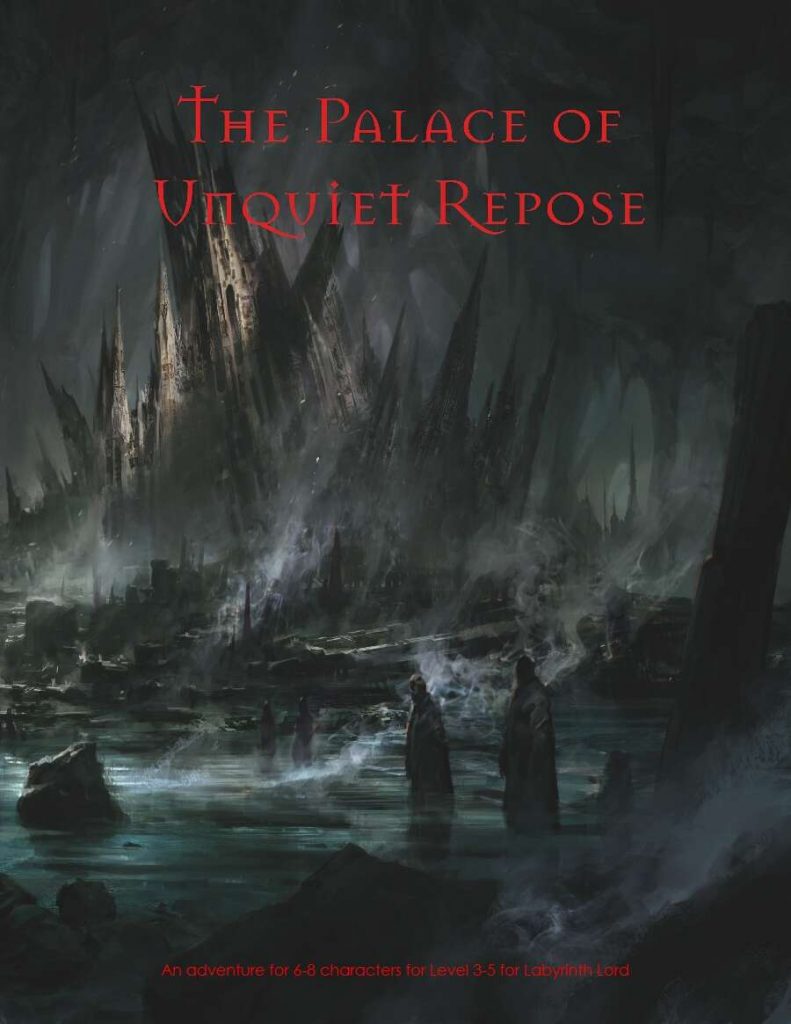
By Prince of Nothing The Merciless Merchants Labyrinth Lord, OSR, etc Levels 3-5
Uyu-Yadmogh. Prince of Princes. Archmage. Devourer of Children. Under the earth he built himself a palace in which he could abide eternity. Now he is only half-remembered legend. The ground trembles, the earth is split asunder. In the sunken depths of the earth, the Palace awaits. An adventure for those who dare.
This 50 page adventure details a funerary complex dungeon, and the ruined city and environs around it. It is rare to encounter something that FEELS like it should. This FEELS like the funerary complex of a mighty evil magical empire. It oozes a kind of baroque evil. And it’s not just stuffed full of undead. They are there, but it doesn’t FEEL like this is an adventure full of undead. It feels … mythic? Nice job.
Tomb of Horrors delivered a trap filled vaguely vanilla dungeon with a demi-lich at the end to stab. The mausoleum in Rappan Athuk wanted to deliver a mournful kind of place that served as the threshold for parties to enter the Dungeon of Graves. Various other dungeons have tried, and generally failed, to evoke a kind of quiet horror that comes from graveyards. Many adventures speak of long-dead empires of evil magic users and attempt to transport you there, in spirit, through the dungeon that is related to them. This, though, does a great job of conveying the vibe that those adventures are trying for. This is this sense, in almost every encounter, that this place IS the legacy of a long dead empire of evil magic. The sense of dread is never very fall way. A sense of the cyclopean. Of ennui. Of forgotten things. It’s all in there.
A statuary garden on the shores of a mist-covered lake of mercury, great figures with great urns, as if they are pouring things out of them, in a semi-circle. Anointing yourself with dist from the urns makes things happens … Baroque armor, inhabited by te souls of long-dead generals. “Two chimeras of god, scorpion and lion carved from gleaming black stone flank the stair entrance of this oppressive shrine. Five statues bearing great urns upon their shoulders surround a circular podium. A hundred carved faces stare dolorously from walls of ash-grey stone.” Holy fuck, what the fuck did your party just sign themselves up for!
[Special note: the art in this compliments the text very well, helping to convey the atmosphere and tone of the locations. Perfect!]
Back in town, before the adventure, youtube a host of NPC’s you can hire, each with memorable quirks. Some of the hooks are decent, like a sage who “offers his weight in gold and three of his daughters to anyone who can bring him the grimoire of Uyu-Yadmogh.” I’m generally not a fan of “someone hired you” but I am a fan of weights of gold and three of his daughters, as well as bounty hunters, mercenaries pursuing jobs.
“The dusk stalkers prowl the wastes, leaving behind no trace, shrieking for blood and souls.” one of the monster descriptions tells us. From that the mind races. You can imagine an encounter. The creatures howling in the distance, building tension in the party. Keeping them on edge. And that’s what so much of this adventure does. It builds tension through it’s art, use of writing, and interactive encounters. A room has a basin on the opposite wall. The basin is obviously full of gold coins. The walls of the room are decorated with carvings f faces, all of their mouths open. Oh come on, EVERYONE knows that will happen! And that’s what makes this a great encounter. It’s a classic, lure, trap, mouths pouring forth something.
Factions run through the ruins around the ancient tomb. They are in conflict with each other. They might be in conflict with the party. Some of the factions have internal rifts within them that can be exploited. That’s the way you do a faction. Give them a goal, give them relationships with those both internal and external to the faction, and then let the party stumble and bumble their way through things.
I can’t say enough about the writing, the sense of baroque dread. You come upon a camp. There are bodies laying down in a circle, as if asleep. Their throats slit, no sign of violence otherwise. Forboding.
And the sense … the head of the dead god of dreams mumbles almost incoherent prophecy. The demi-god of strength is chained to a throne with an adamantine chain, roaming in search of killing you. He, and a mist that animates the dead, roam about, always serving as an adversary to be avoided by the party. Something to use cunning to avoid, overcome, or use to your advantage.
Captain Sarakur, leader of a faction of warriors without peer “… cares nothing for his men and doesn’t hesitate to sacrifice them if it means survival or reaching the palace.” Sweet! Khabareth Who Comes Before “attempts to seduce one of the PCs with the aim of feeding him to The Wolf of Final Night.” How the fuck can you not love that? The specificity! The detail! And yet it’s done without droning on and on and on. The imagination runs wild with these half fainted things!
At one point there’s this bit of treasure “a tarnished silver circlet shaped like a snake devouring its own tail with an empty eye socket.” Wanna wear it? Normally I’d jump at the chance to do so, but after being in this place a little … you’re scared to! Not because magic items are death to touch, the mistake so many adventures make, but because of the atmosphere of dread and foreboding that relentlessly works upon you!
Formatting it great. Cross references, bolded keywords followed up with indents and bullets to explain more of those topics. It gets a little long in places, but this is because the rooms are stuffed full of things. It never feels like too much to run, although it feels like its close … which is probably a good thing.
Great formatting. Great writing. Great encounters. Great world building. Great adventure. Easily on the The Best.
This is $10 at DriveThru. The preview is seven pages and shows you one of the cave complex entrances to the valley/cave that the Palace resides in. As such it’s a good introduction to the writing style, formatting, and interactivity of the adventure. Good preview, although, I might put the level range in the product description addition to on the cover.
https://www.drivethrurpg.com/product/341381/The-Palace-of-Unquiet-Repose-LL-Version?1892600

